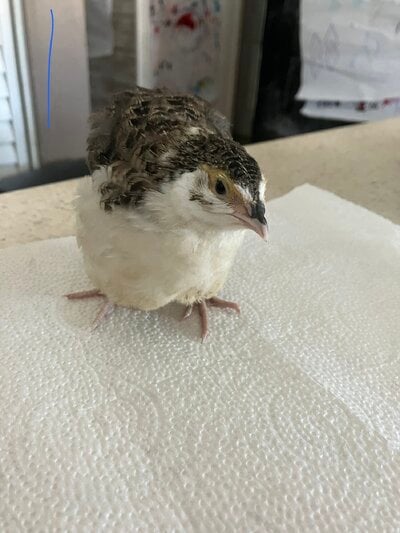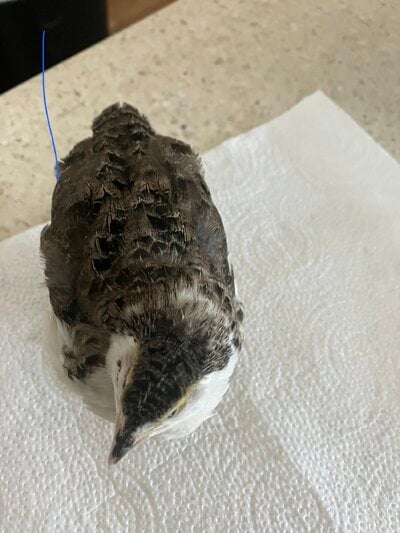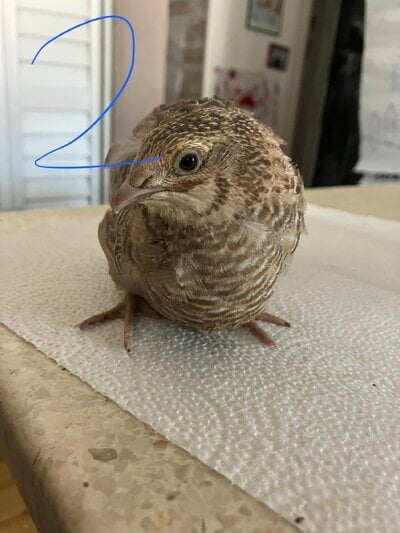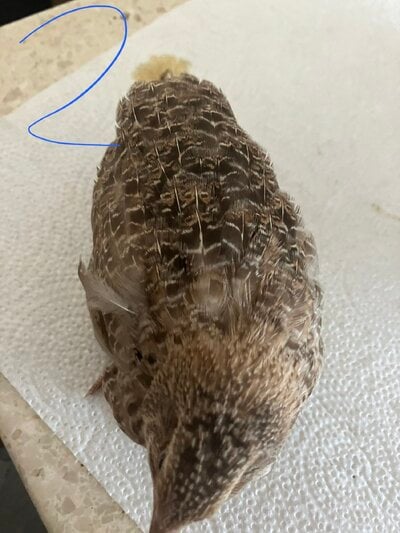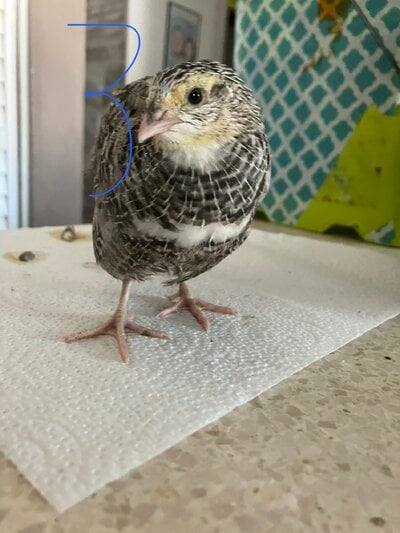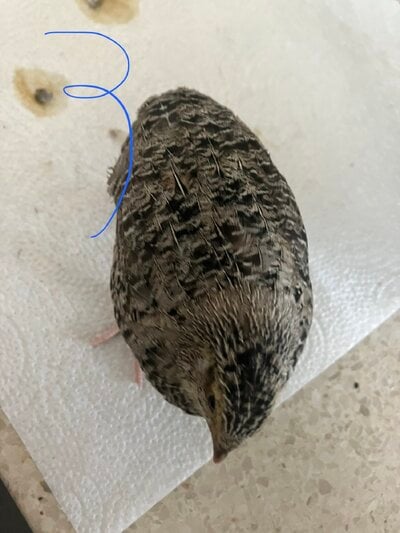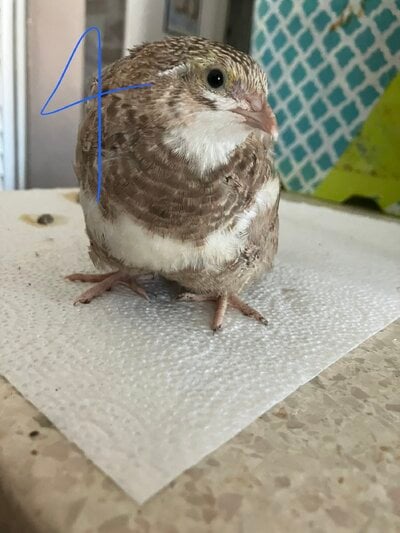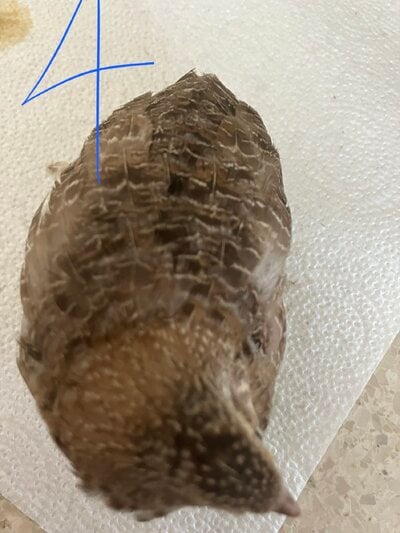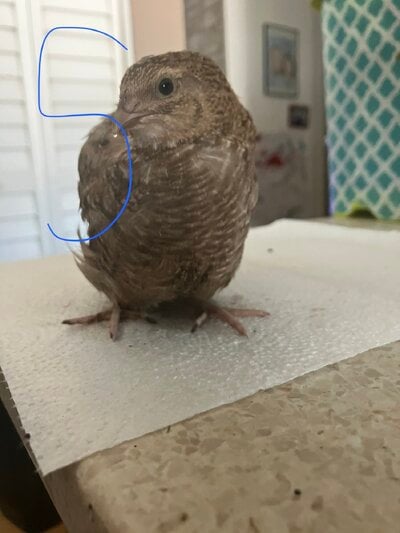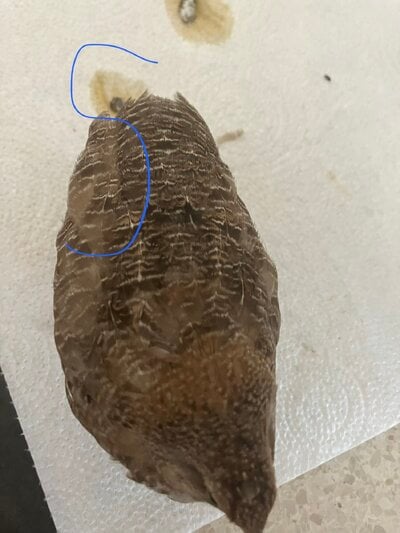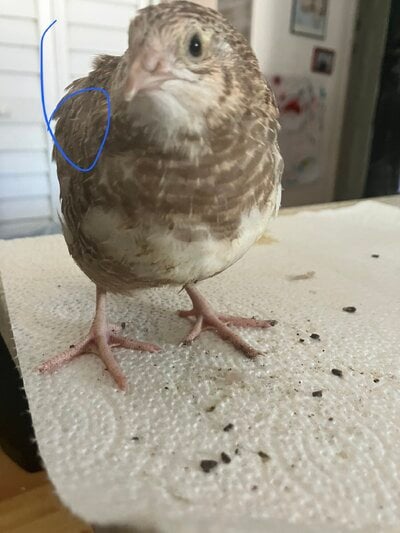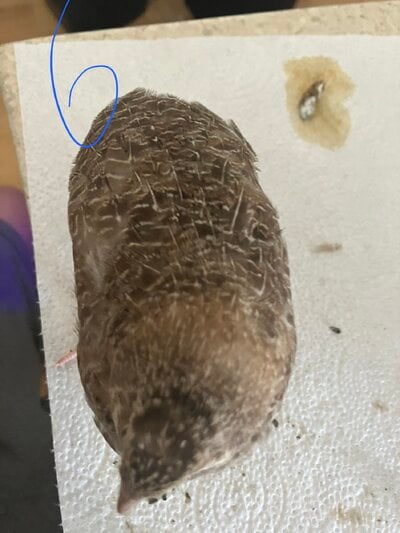JesWith3
Songster
- Jul 25, 2022
- 116
- 206
- 126
I am not new to quail...I had them once years ago before I knew of all the awesome and even rare colors. We had the trusty old jumbo wilds.
Now that my family is getting back in to quail keeping, I'd like to gain a better understanding of breeding for specific color patterns (while also selectively breeding for jumbo size).
From what I can see and correct me if I'm wrong, quail color patterns, unlike chickens, don't make a coturnix quail "pure bred" or not, right?
Like, breeding pearl x pearl for too many generations can actually begin to cause problems, yes? Am I understanding this correctly?
Allll of that said, can I house my mixed covey together and expect to get pure forms of some of this and some of that, ie: Pearl, Italian, Tibetan, Tuxedo, etc. etc. etc. or do I need to separate by color pattern to breed those hens to those roosters to get that same hatchling as a "pure bred". I hope I am making sense.
It matters to me only because I do wish to sell hatching eggs in the future. I'd like to offer one or two rare/special color patterns, and some "homestead mix" hatching eggs. Can people (including myself) expect desireable crosses from a mixed covey or will they all just get...muddied?
I know I'm murdering this and not making a lot of sense. Hopefully someone can chime in and help me understand a bit better.
If I could just know some good examples of which pattern x which pattern = which pattern (as many examples as you're willing to share, the better) and whether or not a mixed pattern covey is acceptable for creating desireable hatchlings, I'd really appreciate it.
Articulating apparently isn't my strong point today, apologies and thanks in advance!
Now that my family is getting back in to quail keeping, I'd like to gain a better understanding of breeding for specific color patterns (while also selectively breeding for jumbo size).
From what I can see and correct me if I'm wrong, quail color patterns, unlike chickens, don't make a coturnix quail "pure bred" or not, right?
Like, breeding pearl x pearl for too many generations can actually begin to cause problems, yes? Am I understanding this correctly?
Allll of that said, can I house my mixed covey together and expect to get pure forms of some of this and some of that, ie: Pearl, Italian, Tibetan, Tuxedo, etc. etc. etc. or do I need to separate by color pattern to breed those hens to those roosters to get that same hatchling as a "pure bred". I hope I am making sense.
It matters to me only because I do wish to sell hatching eggs in the future. I'd like to offer one or two rare/special color patterns, and some "homestead mix" hatching eggs. Can people (including myself) expect desireable crosses from a mixed covey or will they all just get...muddied?
I know I'm murdering this and not making a lot of sense. Hopefully someone can chime in and help me understand a bit better.
If I could just know some good examples of which pattern x which pattern = which pattern (as many examples as you're willing to share, the better) and whether or not a mixed pattern covey is acceptable for creating desireable hatchlings, I'd really appreciate it.
Articulating apparently isn't my strong point today, apologies and thanks in advance!


